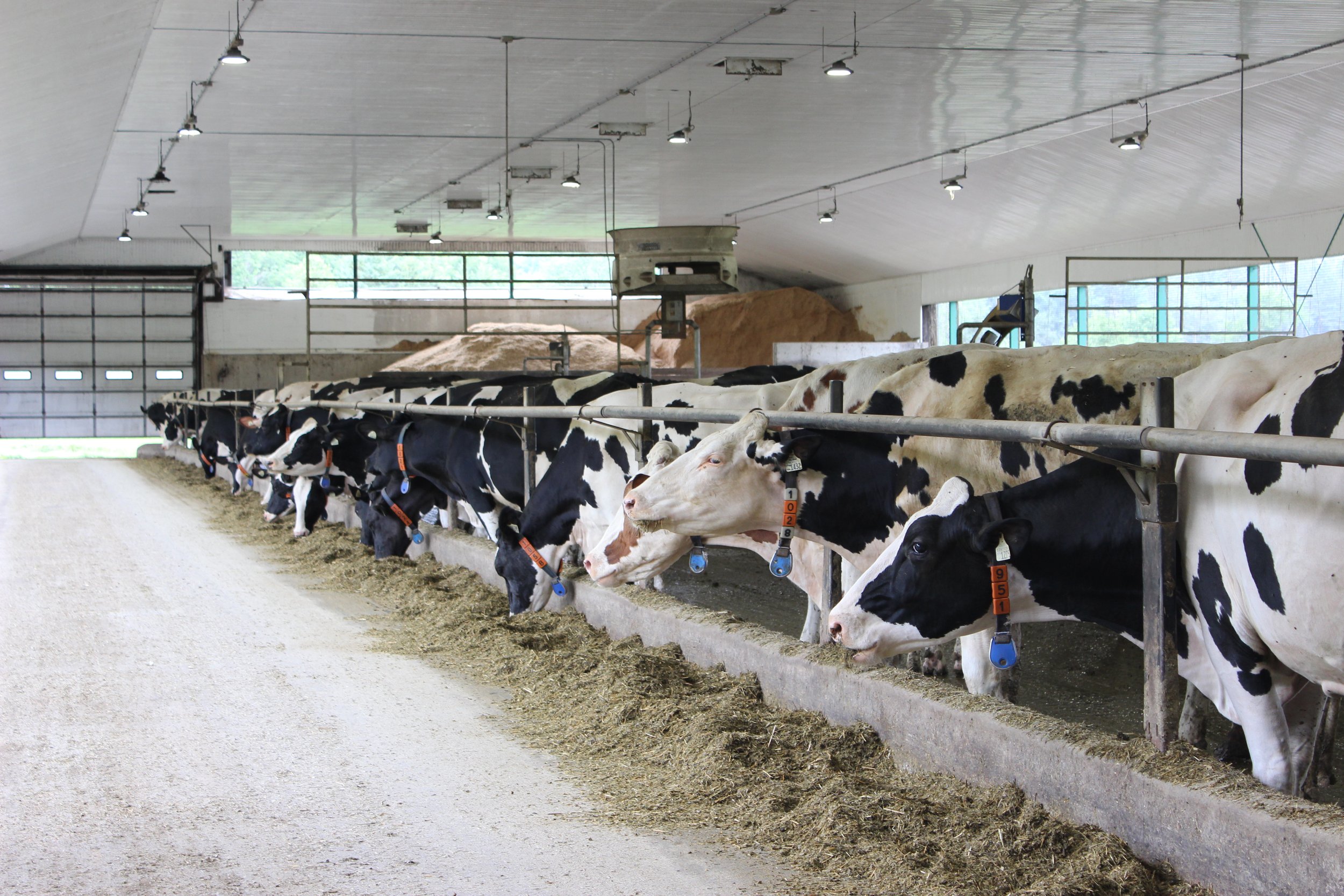If succession planning was easy, most farms would have a succession plan. But 65% of farms don’t transfer successfully to a second generation because owners don’t plan for it.
Succession planning isn’t complicated, it just has a lot of steps. This site guides you through the steps.
Why a farm succession plan?
If you want the farm to thrive over time, you need to have a succession plan.
A succession plan takes the worry out of the future. Owners will know how much money they’ll have for retirement, and whether their farm will stay in the family. Successors will know when the farm will be theirs for keeps and whether it will provide the income they need. You’ll have advisors who can help you implement the plan, and you’ll know what you’re doing today, tomorrow and next year. Succession planning brings more certainty for everyone.
Succession planning takes time but we made it a little easier. Simply follow the steps in this guide and you don’t have to feel overwhelmed. You’ll need to crunch some numbers on the farm, but you’ll have tools to do that. You’ll have to have a lot of conversations about tough things like money, feelings, goals and reality checks. But, we’ll give you some tools for those chats too.
A good succession plan will ensure that all of the owners’ family/families feel part of the plan, not just the one(s) taking over the farm. It ensures that all of an owner’s children feel valued and important, whether they take over the farm or choose another lifestyle. After the owner is gone, a good succession plan will help keep family peace and togetherness.
What’s succession planning like?
Succession planning is a process, not an event. It takes some elbow grease, some thinking, some talking and some energy. It’s also a mish-mash of business and emotions. Isn’t that the same as managing a family farm?
When should I start?
Start succession planning as early as possible. The younger owners are when they start to plan, the more time there is set up the operation with the future in mind. For example, if there are two children who want to co-own the farm, owners might need to expand operations to support two families. Planning in advance gives the time to make bigger changes.
Early planning also gives owners time to plant the seeds with their kids that the farm can be part of their future and livelihood if they choose. It doesn’t mean they have to take over the farm. It just means they know it’s an option and, if they want to do it, they have time to plan their education and work experience to fit.
The ideal is to start succession planning as soon as you buy the farm. But no one’s perfect. The next best answer is to start now.
How long will it take?
It varies from one family to the next. Families that communicate well and share a common vision of the farm can accomplish this plan quite quickly. Other families take a bit more time to discuss options and wishes.
Keeping your energy up
Everyone going through succession planning gets tired or worn down from the process now and again. So take the process slow, and always remember why you're planning the succession of your farm: for you, for your family, for your collective future, and for the future of your hard-earned farm.
What does the process look like?
Here are the seven steps for succession planning for your farm. This site will guide you through all of them.
Step 1: Planning the Future of your Farm
You are currently here. This section gives you some background on succession planning so you know what to expect. It provides some helpful information on succession planning and advice on how to make the process run smoothly.
Step 2: Looking to the Future
Owners need to identify their retirement needs, get a sense of how their farm is doing financially and whether it can support their retirement as well as the successor’s needs. Owners also have to line up the right advisors who can help and let the family know they’re thinking about a succession plan.
Step 3: The Big Picture
The right successor will be identified and, together, the owner and successor will set some goals for the farm. The successor and owner, plus any required advisors now make up the planning team.
Step 4: The Next Generation of Owners
Owners and successors will work on a development plan so the successor(s) will be ready for the challenge of owning and operating the farm.
Step 5: Generating Options
The planning team will narrow the options for how the farm can best flow to the successor. You’ll look at ideal ownership structure, and plan for the financing, legal, tax, and insurance implications, so you can make informed choices. A lot of key decisions are made in this step.
Step 6: Transition
The planning team will define each person’s roles and responsibilities through the transition period and develop a plan to transfer the farm assets, and the owner’s knowledge and expertise to the successor. You’ll figure out how income will be shared, you’ll define other agreements needed and you’ll develop a method to resolve any disputes when they come up.
Step 7: Implement & Monitor
By this point, your succession plan is in focus. This step is your new normal. You’ll keep the communication going with your planning team, making sure the succession plan gets implemented and everyone is holding up their end. And if circumstances change, all you need to do is adjust the parts of the plan affected.
How does the site work?
The site guides you through succession planning, whether you’re a farmer/owner, an offspring successor, or a non-family successor. The site also helps you communicate effectively since that is the single most important criteria for effective succession planning.
We’ve broken succession planning into seven manageable steps for you, with bite-sized tasks so you’re not overwhelmed. Just follow the steps, complete the activities in this guide using the provided tools, and watch your succession plan form around you.
The site provides a worksheet to help you keep track of your progress and easily pick up where you left off between sessions. You will end up with all of your decisions and work documented, and the transition required for the farm will be underway. A pile of worry will be off your mind. You can share your work with family, successors, advisors and mentors whenever you like.
Need some success stories to hear how other families did it? Or learn a bit more about succession planning for farm families? Have a look at the Resources and Success Stories page. Then you can click on the link that interests you.
What now?
If you’re ready to plan for the future of your family farm, continue on to get the SwiftPlan interactive worksheet. The worksheet is where you will store all of your succession planning work. Be sure to keep it in a safe place, and if you keep it on your computer we recommend keeping several copies in different storage places in case something happens to your computer.
Then simply follow the seven steps of succession planning on this site. Dig in!
Assignment
Continue below to get the SwiftPlan interactive worksheet.





